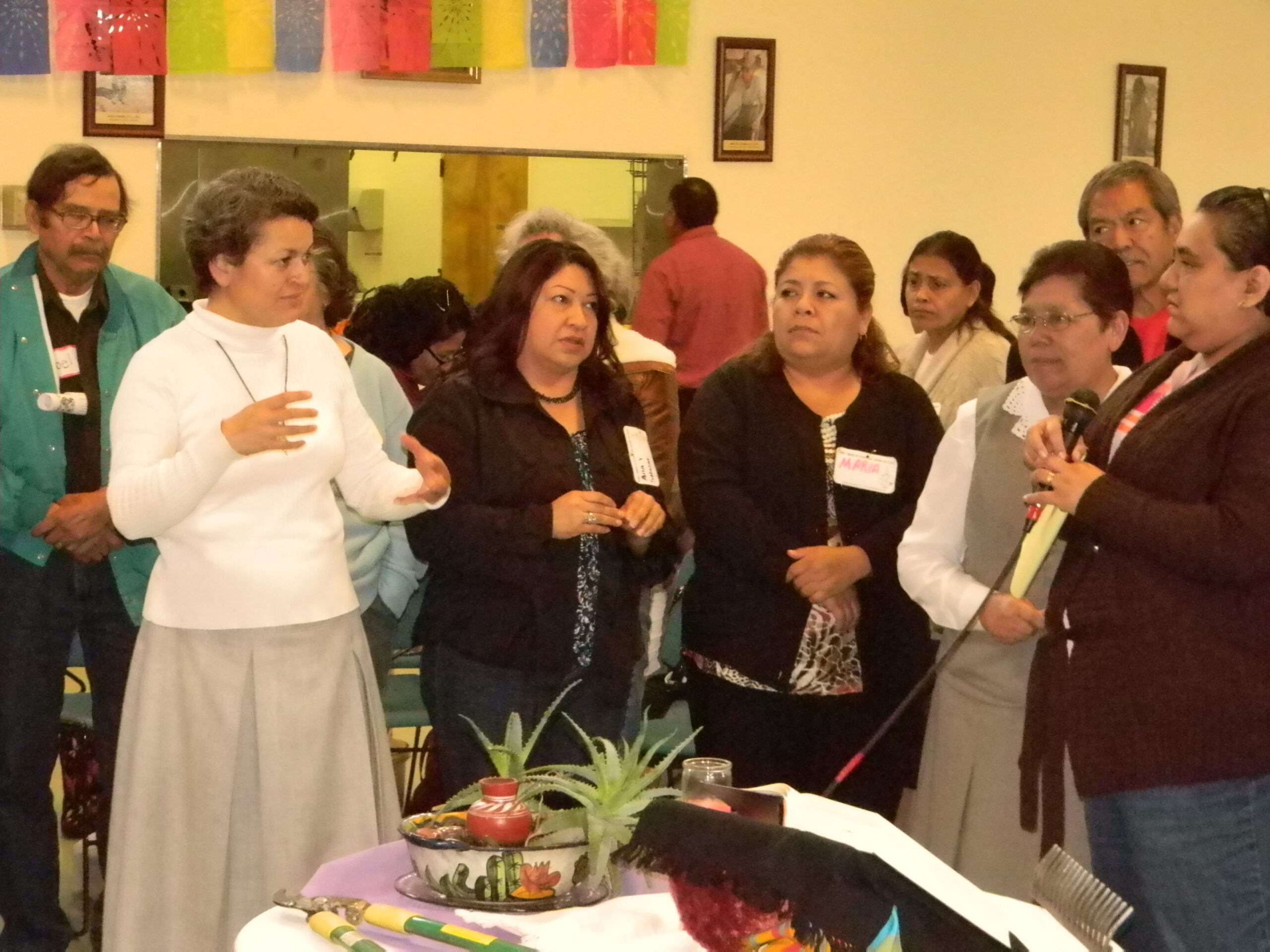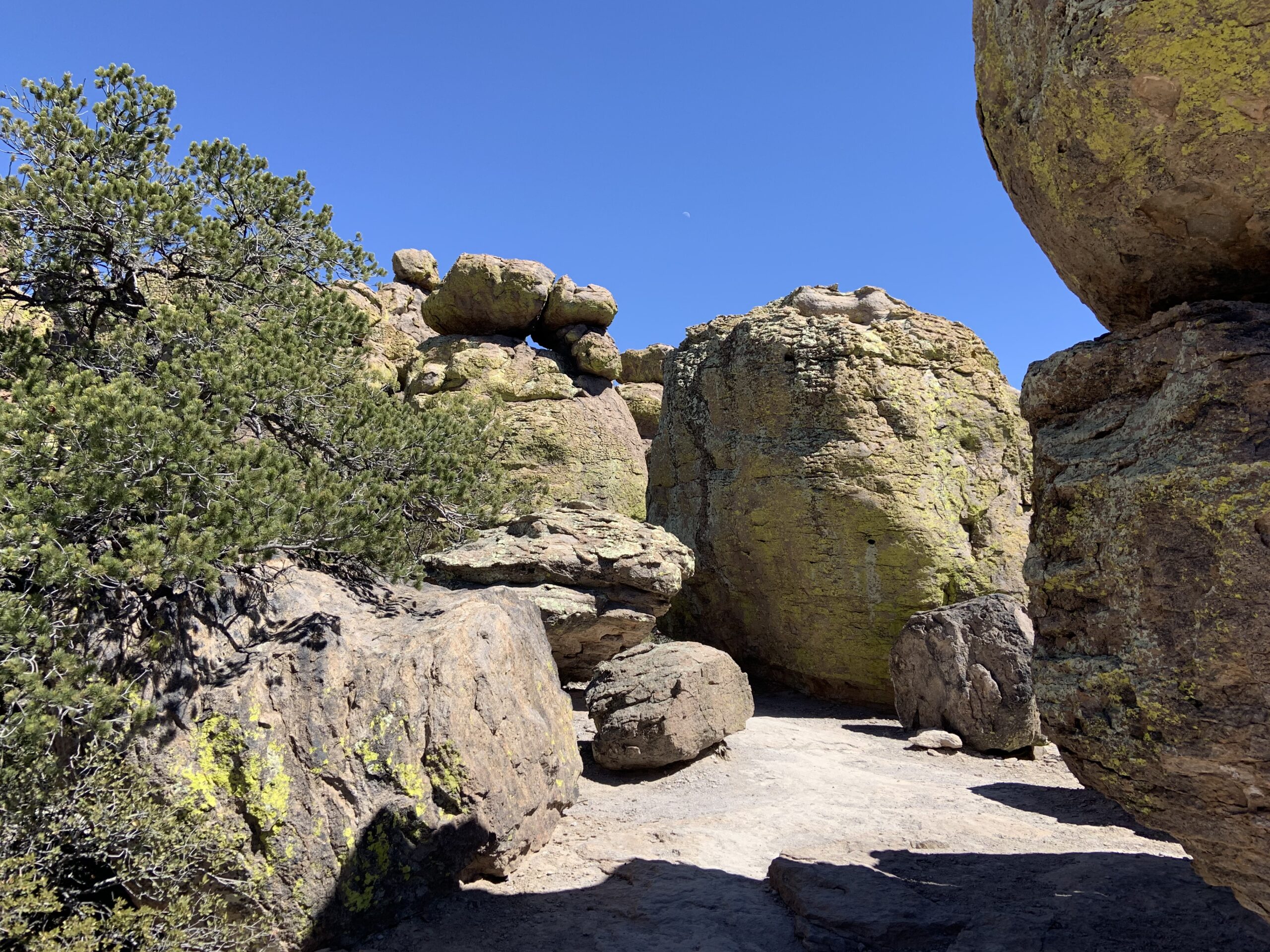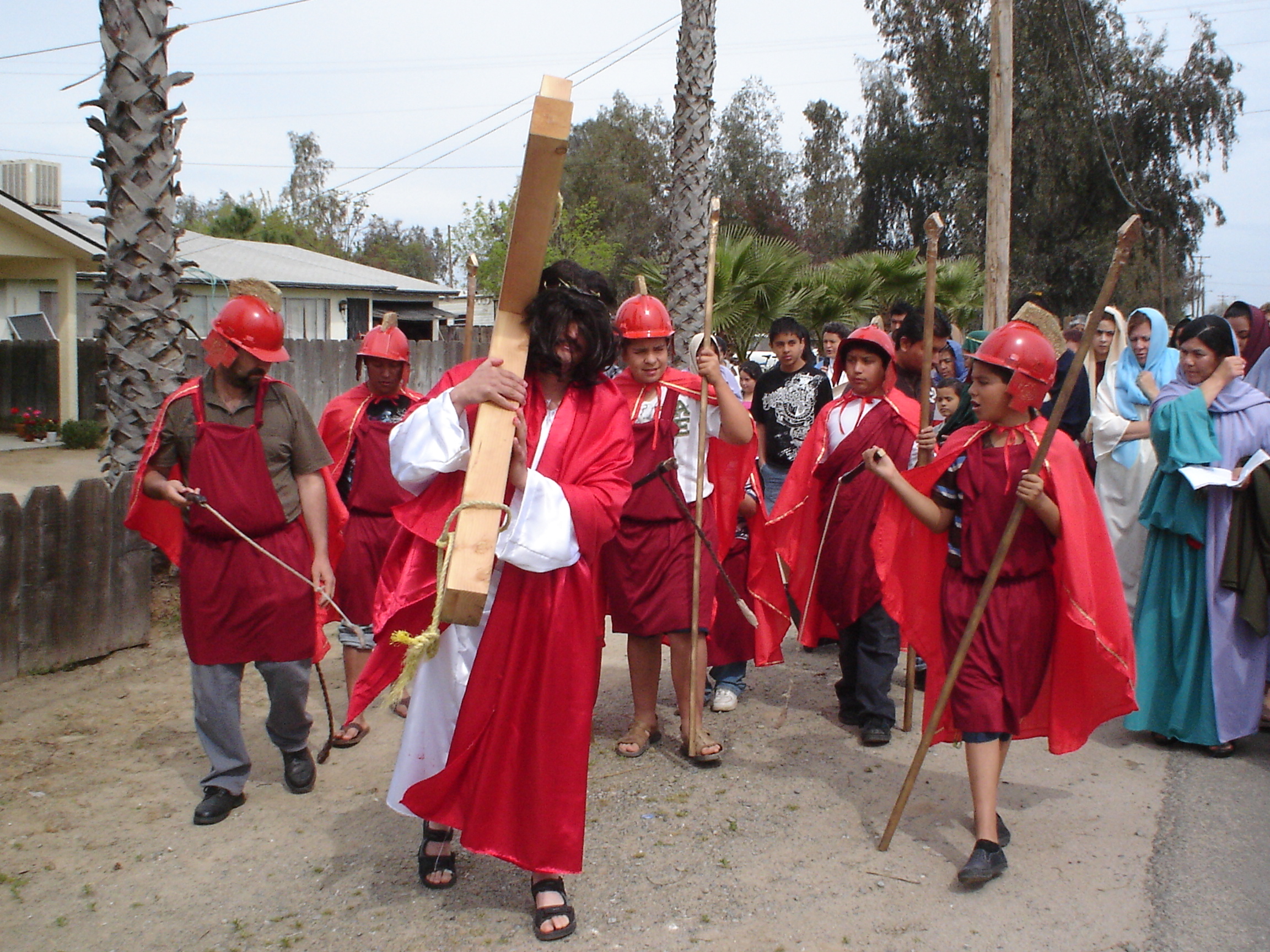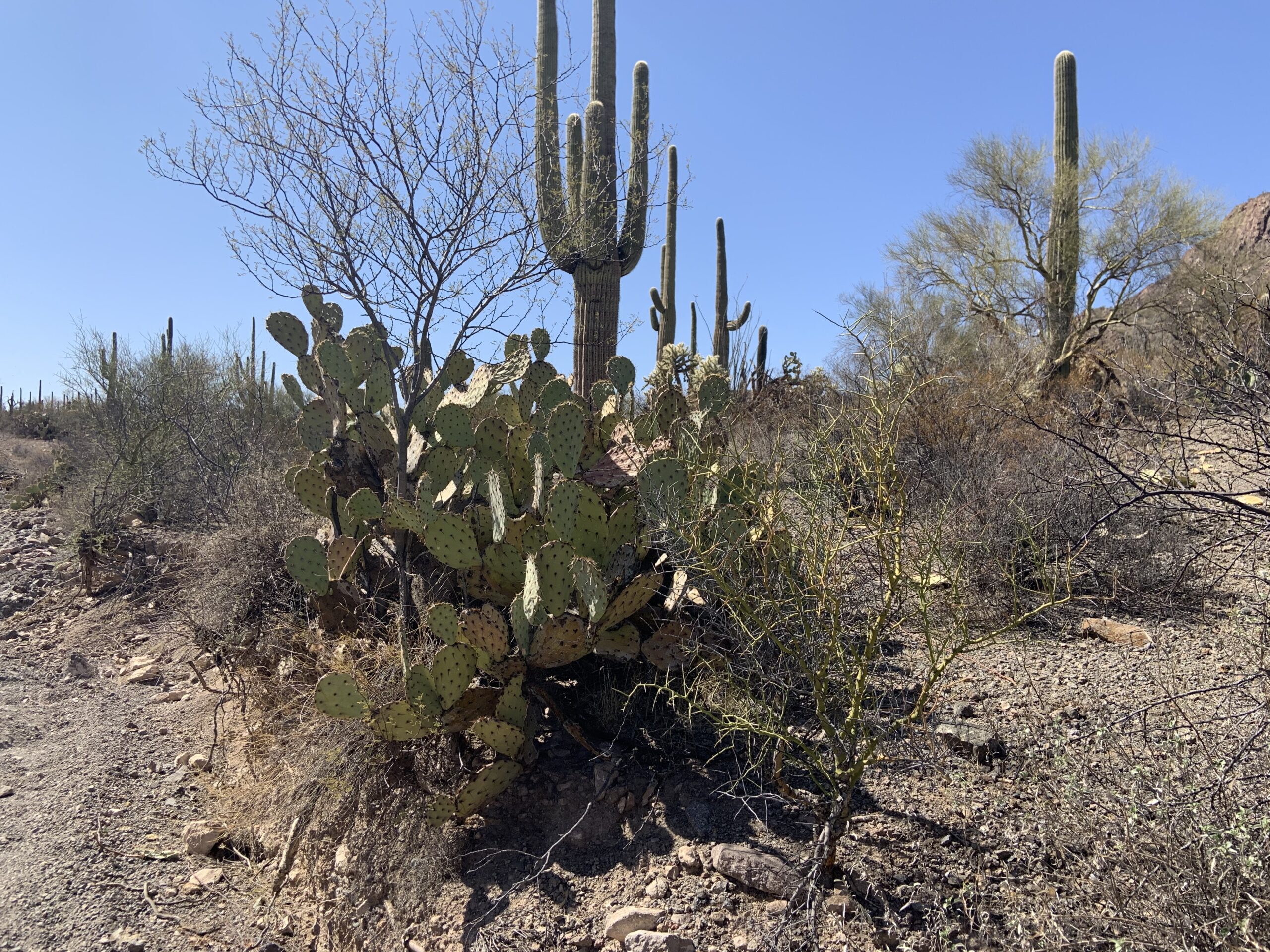9. Lent: A blessing of Vatican II: Lay Professional Ministers – Una bendición del Vaticano II: Ministros Profesionales Laicos
Ministros de educación religiosa de tiempo completo
Al crecer en Omaha, Nebraska antes del Concilio Vaticano II, la fuente principal de educación religiosa fue la escuela católica. Hubo clases de la Confraternidad de la Doctrina Cristiana en las parroquias para niños que no podían ingresar a las escuelas, pero la Iglesia invirtió mucho más en el sistema escolar católico. Los estudiantes de los programas CDC recibieron instrucción básica, pero la cultura de la fe se transmitió de manera más completa en la escuela católica. Algunas diócesis y parroquias prestaron más atención a los programas de CDC que otras, pero en muchas ciudades grandes la escuela católica ocupó el lugar principal en la educación religiosa.
Las escuelas católicas estaban más disponibles y asequibles que las escuelas privadas ahora. Las escuelas desempeñaron un papel importante en la organización de la parroquia y el vecindario. Las escuelas fueron fundamentales para que las comunidades de inmigrantes se asimilaran a la sociedad estadounidense. Muchos hijos de inmigrantes se convirtieron en los primeros de sus familias en completar la escuela secundaria, luego en ir a la universidad y entraron carreras en muchos campos. Hubo muchas bendiciones de las escuelas católicas.
A menudo, los programas de la CDC eran el hermano olvidado en la vida de la Iglesia. El Concilio Vaticano puso un nuevo énfasis en Gravissimum Educationis, La Declaración sobre la Educación Cristiana. Como seminarista, enseñé catecismo en programas CDC durante siete años, en varias parroquias. Fue una gran experiencia, pero después de la ordenación, mi primera asignación parroquial fue en una parroquia con una escuela primaria católica, y fui reclutado para enseñar una clase de religión en una escuela secundaria católica. Intentamos tener un programa CDC de calidad para los niños que no estaban en la escuela, pero el programa fue el hermano olvidado. Nuestros catequistas fueron voluntarios muy dedicados que enseñaron generosamente a los niños, pero no a nivel de la escuela católica.
Mi segunda asignación parroquial fue en una parroquia suburbana en Minneapolis. Había una pequeña escuela primaria católica en la parroquia que tenía 250 estudiantes, pero nuestro programa de Educación Religiosa tenía 3,000 estudiantes. Cuando llegué por primera vez, tenía que predicar en todas las misas un domingo como una manera de presentarme a la parroquia. El párroco me pidió que concluyera mi homilía con un anuncio de que necesitábamos maestros para nuestros programas de catequesis. Pregunté cuántos maestros se necesitaban. Dijo: “Sólo 75”. Me quedé impactado. Dijo: “Necesitamos 525. Habrá más de los que necesitamos al final del día”.
Fue en esa parroquia donde conocí por primera vez a educadores religiosos laicos de tiempo completo que coordinaban un programa extraordinario de educación religiosa. En mis cinco años en esa parroquia, aumentamos nuestro personal de catequesis con tres personas más de tiempo completo. Varias universidades católicas comenzaron a ofrecer programas de maestría en educación religiosa y la educación religiosa católica se estaba volviendo más profesional.
Desde el Concilio Vaticano II, la Iglesia tiene la suerte de contar ahora con muchos directores de educación religiosa a tiempo completo en todo el país. Los catequistas reciben mejor formación en los principios de la fe y la educación. Como se indicó en blogs anteriores, nuestro siguiente paso es preguntar: “¿Podemos hacerlo mejor?”
Sigo buscando ayuda
Ayúdame a preparar un programa sacramental para niños con necesidades especiales y tiempo limitado de preparación.
Pregunta de hoy para la reflexión: ¿Ha enseñado clases de educación religiosa? ¿Por qué o por qué no?
Por favor comparte conmigo tus recuerdos. Escribir a: padremigrante@gmail.com
Full-time Religious Education Ministers
Growing up in Omaha, Nebraska before the Second Vatican Council, the primary source of religious education was the Catholic school. There were Confraternity of Christian Doctrine classes in parishes for children who could not enter the schools, but the Church invested much more in the Catholic school system. The students in the CCD programs received basic instruction, but the culture of faith was conveyed more fully in the Catholic school. A few dioceses and parishes placed more attention to CCD programs than others, but in many large cities the Catholic school occupied the principal place in religious education.
The Catholic schools were more available and affordable than present private schools. The schools played major roles in parish and neighborhood organizing. The schools were instrumental in immigrant communities assimilating into American society. Many children of immigrants became the first of their families to complete high school, then to go on to college and onto careers in many fields. There were many blessings from the Catholic schools.
Often the CCD programs were the forgotten brother in the life of the Church. The Vatican Council placed a new emphasis on with Gravissimum Educationis, The Declaration on Christian Education. As a seminarian, I taught catechism in CCD programs for seven years, in several different parishes. It was a great experience, but after ordination, my first parish assignment was to a parish with Catholic grade school, and I was recruited to teach a religion class at a Catholic high school. We tried to have a quality CCD program for the children who were not in the school, but the program was the forgotten brother. Our catechists were very dedicated volunteers who generously taught the children, but not at the level of the Catholic school.
My second parish assignment was to a large sub-urban parish in Minneapolis. There was a small Catholic grade school in the parish that had 250 students, but our Religious Education program had 3,000 students. When I first arrived, I was to preach at all the Masses on a Sunday as a way of getting introduced to the parish. The pastor asked me to conclude my homily with an announcement that we needed teachers for our RE programs. I asked how many teachers were needed. He said, “Only 75.” I was shocked. He said, “We need 525. There will be more than we need by the end of the day.”
It was at that parish where I first met full-time lay religious educators who coordinated an extraordinary religious education program. In my five years at that parish, we increased our RE staff with three more full-time positions. Several Catholic Universities began offering Masters in Religious Education programs and Catholic religious education was becoming more professional.
Since the Second Vatican Council, the Church is blessed to now have many full-time religious education directors across the country. Catechists receive better foundations in principles of faith and education. As stated in previous blogs, our next step is to ask, “Can we do better?”
Still looking for help
Help me prepare a sacramental program for children with special needs and limited time for preparation.
Today’s question for reflection: Have you taught a religious education class? Why or why not?
Please share with me your memories. Write to: padremigrante@gmail.com
Oh Jesús, tú nos llamas: “Síganme”. Bendice, Señor, a todos los que acogen tu llamado. Puede que el camino no sea fácil, pero tenemos la confianza de que todo es posible si caminamos contigo. Que este viaje nos abra los ojos a las maravillas de tu amor por nosotros. Oramos por toda tu gente, por todos los creyentes e incrédulos, por los líderes y seguidores. Oramos por la sanación, el perdón, la compasión, la justicia y la paz. Oramos para que, al seguirte, nosotros también podamos ser pescadores de hombres. Bendícenos en nuestro viaje.
O Jesus, you call us, “Come after me.” Bless, O Lord, all who welcome your call. The path may not be easy, but we have confidence that all things are possible if we walk with you. May this journey, open our eyes to the wonders of your love for us. We pray for all your people, for all believers and unbelievers, for leaders and followers. We pray for healing, for forgiveness, for compassion, for justice, for peace. We pray that as we follow you, we too can be fishers of men. Bless us on our journey.




